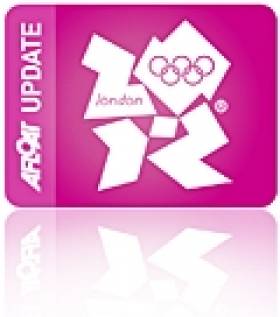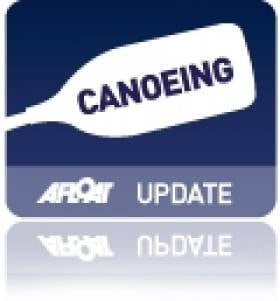Displaying items by tag: torch relay
Olympic Torch Begins Five-Day Relay of Ireland
#OLYMPICS - The Olympic torch lit up the slipways of Harland and Wolff - where the Titanic was built a century ago - in Belfast this morning as the five-day relay through Ireland begins.
The torch will follow a route looping around the six counties, and also includes a whistle-stop tour of Dublin as a symbol of Anglo-Irish goodwill, according to The Irish Times.
As previously reported on Afloat.ie, Irish canoe slalom paddler Matthew Sykes will be among those carrying the torch in Dundonald later today.
"To be the first deaf person in Northern Ireland to be chosen is a real privilege and I think it will be a great experience," he told IrishCanoeSlalom.com.
The torch will come to Dublin on Wednesday 6 June, where it will visit the Olympic Council of Ireland headquarters in Howth - birthplace of the Howth Seventeen class - and be the focal point of celebrations at St Stephen's Green.
The Irish Times has more on the story HERE.
NI Deaf Paddler To Carry Olympic Torch
#CANOEING - Irish canoe slalom paddler Matthew Sykes has secured a place on the Olympic torch relay this summer.
“I am only one of only 8,000 people selected to carry the London 2012 Olympic torch relay," the Northern Irishman told IrishCanoeSlalom.com. "It was a lovely surprise to find out that I was going to carry the Olympic torch.
"To be the first deaf person in Northern Ireland to be chosen is a real privilege and I think it will be a great experience.
"I think it will be a great day when the torch comes to this country and I am sure everyone will be down there to watch so it will be a good experience.”
Sykes will carry torch in Dundonald on 3 June. More details will be available soon on Sykes' website at www.matthewsykes.co.uk/news
As previously reported on Afloat.ie, the Olympic torch relay begins in Plymouth on 19 May and finishes at the Olympic Stadium on 27 July, and includes a visit to Dublin on Wednesday 6 June.






























































